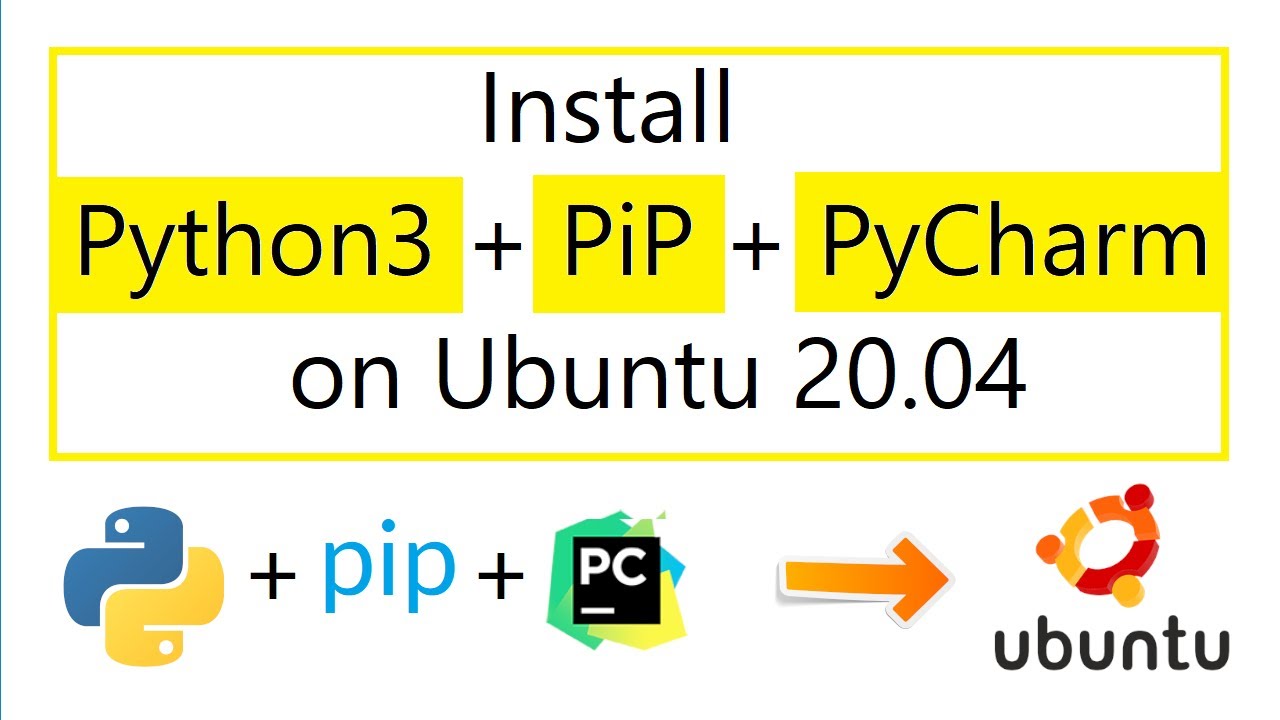

# python -m pip install -upgrade "pip 21. We will go through some basic pip commands, like installing and removing. Python2.7 stopped supporting pip beyond version21, and the script will install 20.3.4 on a server running Python 2.7 and CentOS7. In this tutorial, we will show you how to install pip for Python 3 on Kali. An easyinstall replacement Pip is a replacement for easyinstall. Installing with get-pip.py To install pip, securely download get-pip.py. English python3-pip Pip installs packages. Pip 8.1.2 from /usr/lib/python2.7/site-packages (python 2.7)Īs an alternative option, if you need a newer version, we can use the official python script "get-pip.py" which automatically pulls the latest compatible version of pip needed for your server. pip is already installed if you are using Python 2 >2.7.9 or Python 3 >3.4 downloaded from or if you are working in a Virtual Environment created by virtualenv or pyvenv. There is two option to get pip.īecause the package is not part of the default repository, you can use epel-release to get the package however, EPEL has an older version, 8.1. How can I install Python pip? Answerįor CentOS 6/7, CloudLinux 6/7, and Red Hat Enterprise Linux 6./7, Python requires python2-pip to be installed in order to use the pip package. This will install the package to the local user directory such as ~/.local on Linux systems.When running # python -m pip -version, I do not see a version returned.

Upgrading existing modules must be requested explicitly: python -m pip install -upgrade SomePackage. Normally, if a suitable module is already installed, attempting to install it again will have no effect. Here’s an example: pip install SomePackage -user python -m pip install SomePackage1.0.4 specific version python -m pip install 'SomePackage>1.0.4' minimum version. This will add the custom directory to your Python path and allow you to import the installed package from there.Īlternatively, you can also use the -user option to install the package to the local user directory. You can do this by adding the following lines to your script: import sys Note that when you use the –target option, you’ll need to update your Python path to include the custom directory so that Python can find the installed package. Here’s an example: pip install SomePackage -t /path/to/custom/directory You can also use the -t shorthand instead of –target. This will install the SomePackage package to the specified local directory instead of the default Python installation directory.

Here’s an example: pip install SomePackage -target=/path/to/local/directory To do this, you can use the -target option with pip install. How to install a Python package or module to a local directory using pip.


 0 kommentar(er)
0 kommentar(er)
